Nvidia GeForce RTX 3080 review: A force to be reckoned with
Overwhelming power in a surprisingly affordable package
-
+
Brilliant value
-
+
Outstanding media performance
-
-
Large footprint







Nvidia’s latest family of graphics cards, the RTX 3000 series, has become a hot commodity lately, and none more so than the RTX 3080. Amongst global component shortages and historic surges in demand, the 3080 has proven even more difficult to get hold of than the rest of Nvidia’s lineup.
There’s good reason for that; occupying the comfortable middle-ground between price and performance, it offers extremely capable horsepower without the faintly staggering price of the top-end RTX 3090. It’s the perfect card for high-performance workstations that still want to maintain some semblance of affordability.
The specific card on test is Zotac’s GeForce RTX 3080 AMP Holo which, like most Nvidia partner GPUs, has been somewhat overclocked and fitted with slightly different cooling mechanisms compared to Nvidia’s stock cards. While they differ aesthetically and in a handful of aftermarket features, partner cards are broadly representative of the platform’s overall performance.
We should also note that we’ve quoted the RRP above. For the reasons stated previously, you won’t currently be able to find an RTX 3080 at that price, but we’ve used it as the basis for comparisons throughout this review in the hopes that the price will return to normal levels at some point in the future.
Nvidia GeForce RTX 3080 review: Design
If you’ve seen Zotac’s RTX 3070 Holo, you won’t be surprised to learn that the 3080 essentially looks like a scaled-up version. It’s got three fans instead of two, and it’s larger overall, measuring 60mm thick and 318mm long. That’s compared to the 291mm length of Zotac’s 3070, so it’ll require an even larger chassis than that already-chunky card. They do, however, both take up two and a half PCIe expansion slots.
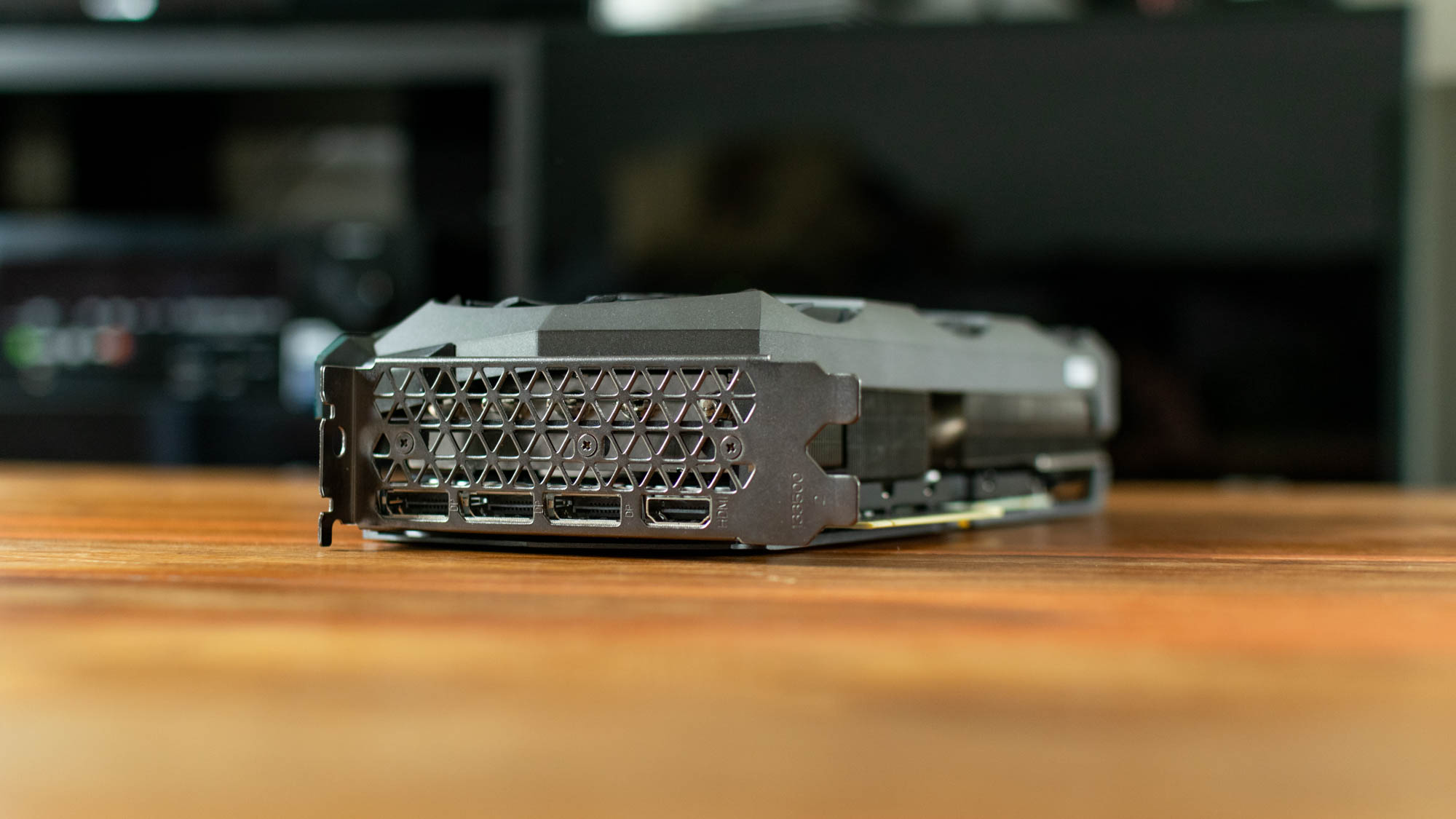
The visual design is largely the same too, with a vaguely iridescent purple and turquoise casing that only just tips over the line into tackiness. The various RGB lighting elements can, thankfully, be turned off via Zotac’s Firestorm control software. You can also tweak the cooling from this console, which in addition to the aforementioned fans, is handled with copper heat pipes and aluminium fin-stack heatsinks. You’ll need a 750W PSU to run this beast, and it’s connected by two eight-pin connectors, with a maximum power consumption of 340W.
Nvidia GeForce RTX 3080 review: Specs and performance
Looking at the specifications, it’s not hard to see where all that power’s going. This PCIe 4 GPU features 8,704 CUDA cores and 10GB of GDDR6X RAM, not to mention a 1,770MHz maximum boost clock. That’s a significant step up from the 3070 in terms of graphics memory and cores, although interestingly, the boost clock is actually slightly slower.
RELATED RESOURCE
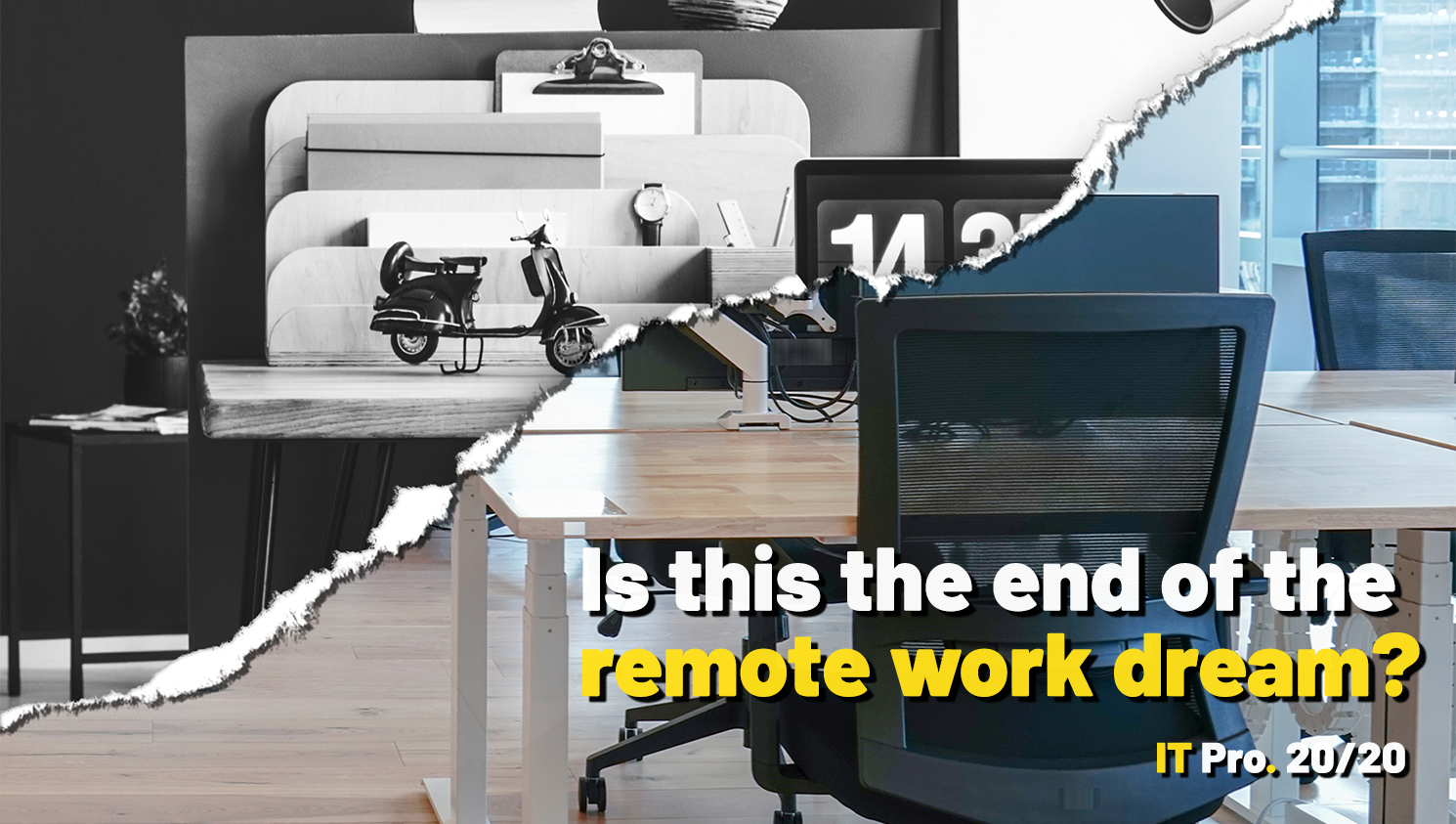
IT Pro 20/20: The end of the remote work dream
Issue 20 of IT Pro 20/20 examines whether a new industry policy to pay workers based on location is likely to catch on
Happily though, this doesn’t impact performance, and the 3080 is as much of a stormer as you’d expect. We tested the 3080 on our Chillblast-supplied test rig with 32GB of RAM and an AMD Ryzen 5 5600X processor. In the LuxMark 3.1 OpenCL GPU rendering test, it scored a meaty 16,093 points - roughly 25% better than the 3070 - and it achieved similar gains in the Octanebench 2020 test, with a total score of 565.
Moving on to SPECviewPerf’s enterprise workload tests, the 3080 put in a confident showing, with strong results in both the 3dsmax-07 and maya-06 tests. Its results of 157 and 493 respectively indicate extremely capable rendering and 3D modelling performance, with a roughly 15 to 20% jump over the next model down in the range. A 344 score in the solidworks-05 test, meanwhile, represents a notable 20% increase over the 3070. It was also less than 10% behind the 3090 in the Maya test, although the gap was more pronounced with 3DSMax.
However, while modelling and content creation is a strength, lacklustre scores of less than 100 in the energy, medical and Siemens NX portions of the benchmark demonstrate that scientific and engineering workloads are as much of a stumbling-block for this card as they are for the rest of Nvidia’s non-professional lineup. You’ll need a Quadro card for those, although as ever, media and content creation professionals will be fabulously well-served by this model.
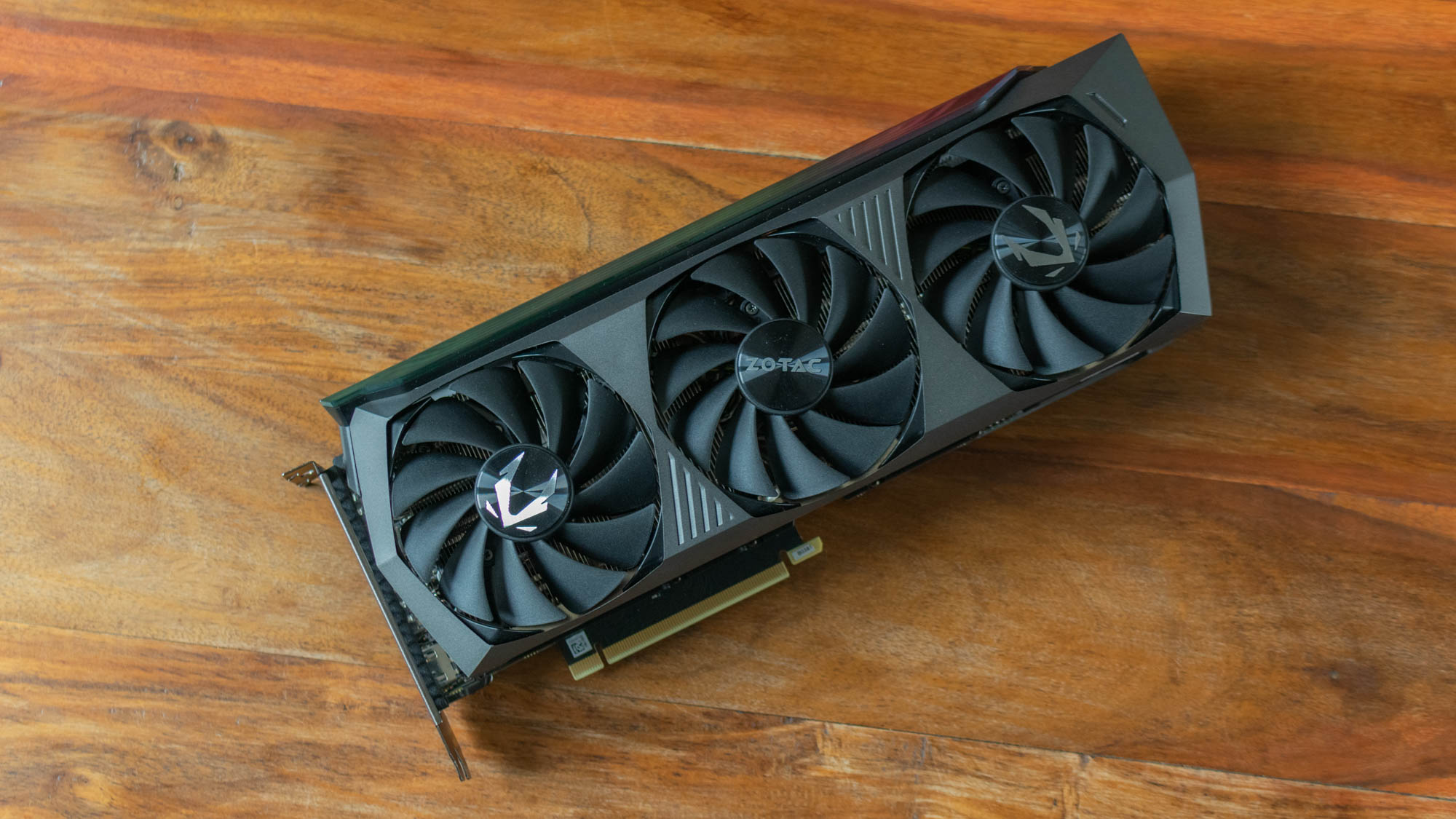
Nvidia GeForce RTX 3080 review: Ports and features
You can expect the 3080 to share the same core set of features as the rest of its stablemates; it supports OpenGL 4.6, a 7,680 x 4,320 maximum resolution on up to four displays, improved tensor and ray tracing cores, and DLSS framerate-boosting technology.
There’s no SLI capability which means no multi-GPU configurations, and USB-C ports are out, but you do get a trio of DisplayPort 1.4a ports and a single HDMI 2.1 port, which should be plenty for connecting all the monitors you need for the average workstation.
Nvidia GeForce RTX 3080 review: Verdict
Nvidia’s upper-midrange RTX 3080 has proven to be overwhelmingly popular with consumers, and looking at its price-performance ratio, it’s not hard to see why. For professional media workstations, this GPU will be phenomenally powerful, and manages to crunch through the most challenging of workflows with relative ease. It’s understandably not quite as powerful as the 3090, but this is more a question of future-proofing; there’s little that’s likely to trouble this card over the next three to five years, but the 3090 will last even longer before it needs replaced.
The 3080 does come with the usual caveat that it’s not suitable for high-end scientific modelling, but organisations undertaking these workloads will likely need the driver stability and ISV support offered by Nvidia’s professional GPUs anyway. For content creation tasks, however, there’s little that can touch this card, and it’s worth keeping an eye on stock levels and prices for anyone that wants to outfit a workstation with supreme staying power.
Zotac GeForce RTX 3080 AMP Holo specifications
| Stream processors | 8,704 |
| Base clock | 1,440MHz |
| Boost clock | 1,770MHz |
| Memory | 10GB |
| Connectivity | PCIe 4.0 16x |
| Display outputs | 3 x DisplayPort 1.4, 1 x HDMI 2.1 |
| Max resolution | 7,680 x 4,320 @60Hz |
| TDP | 340W |
| Power connections | 2x 8-pin |
| Supported APIs | Microsoft DirectX 12 Ultimate, Vulkan RT API, OpenGL 4.6 |
Get the ITPro daily newsletter
Sign up today and you will receive a free copy of our Future Focus 2025 report - the leading guidance on AI, cybersecurity and other IT challenges as per 700+ senior executives
Adam Shepherd has been a technology journalist since 2015, covering everything from cloud storage and security, to smartphones and servers. Over the course of his career, he’s seen the spread of 5G, the growing ubiquity of wireless devices, and the start of the connected revolution. He’s also been to more trade shows and technology conferences than he cares to count.
Adam is an avid follower of the latest hardware innovations, and he is never happier than when tinkering with complex network configurations, or exploring a new Linux distro. He was also previously a co-host on the ITPro Podcast, where he was often found ranting about his love of strange gadgets, his disdain for Windows Mobile, and everything in between.
You can find Adam tweeting about enterprise technology (or more often bad jokes) @AdamShepherUK.
-
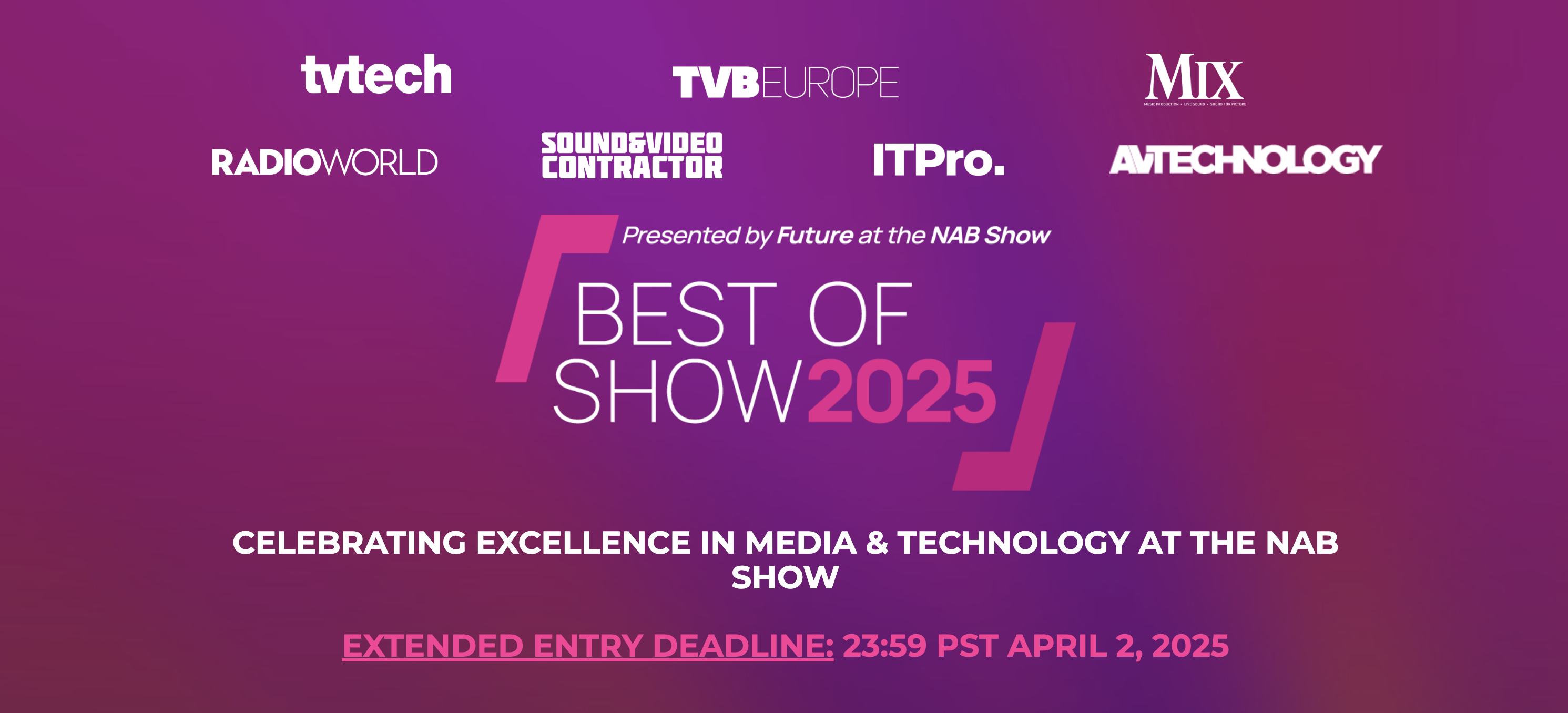 ITPro NAB Best of Show 2025 Awards winners unveiled
ITPro NAB Best of Show 2025 Awards winners unveiledThe best of the best have received accolades for their innovation at this year's NAB show in Las Vegas...
By ITPro Published
-
 This potent malware variant can hijack your Windows PC, steal passwords, and more: Neptune RAT is spreading on GitHub, Telegram, and even YouTube – and experts warn 'anyone could use it to launch attacks'
This potent malware variant can hijack your Windows PC, steal passwords, and more: Neptune RAT is spreading on GitHub, Telegram, and even YouTube – and experts warn 'anyone could use it to launch attacks'News Neptune RAT can hijack Windows PCs and steal passwords – and it's spreading fast
By Emma Woollacott Published
-
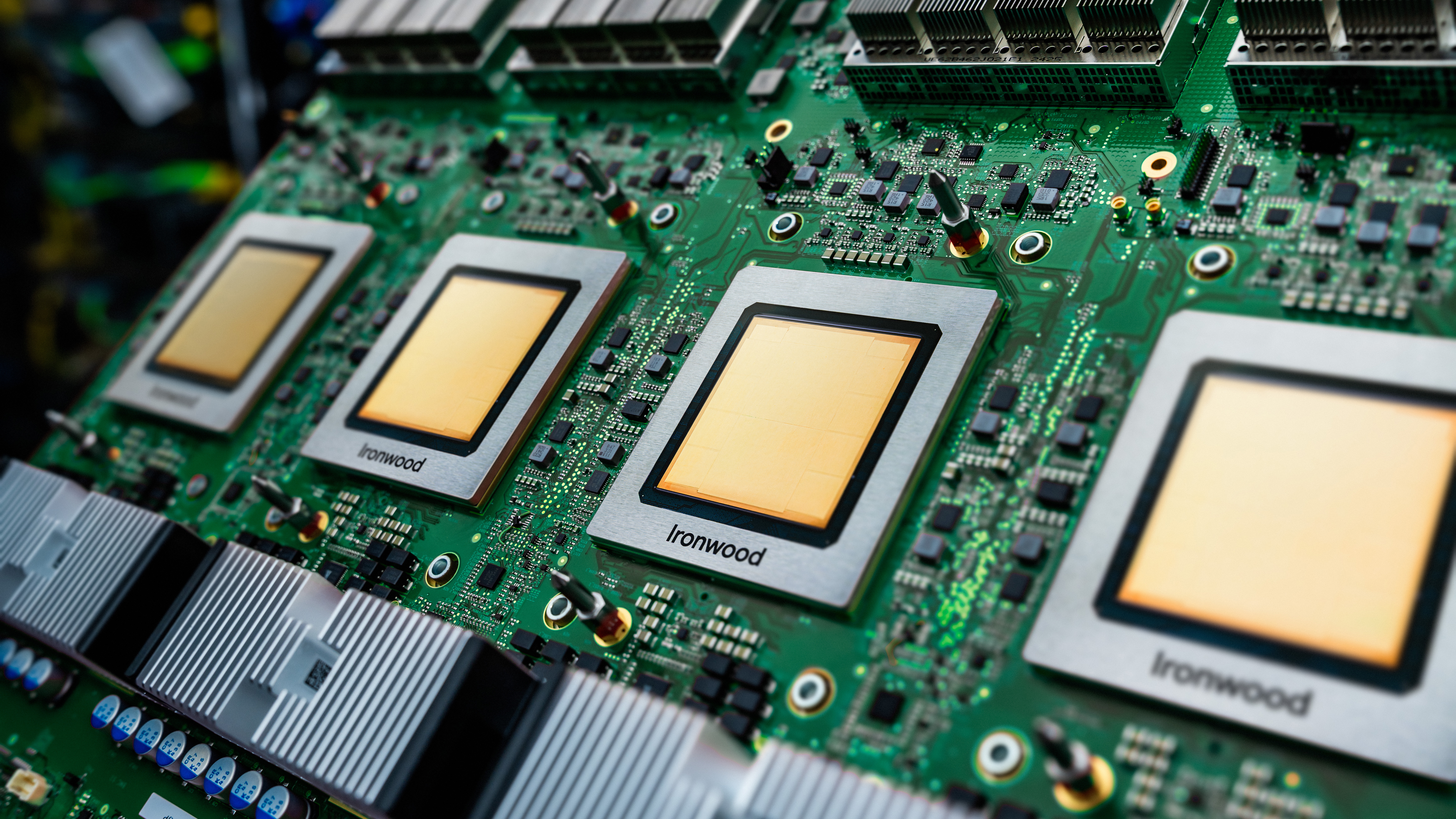 Google Cloud announces major computing boost with Ironwood chip, new hypercomputer upgrades
Google Cloud announces major computing boost with Ironwood chip, new hypercomputer upgradesNews Google has announced a new chip intended for AI inference, which it says is more powerful and better for AI requirements but also far more energy efficient.
By Rory Bathgate Published